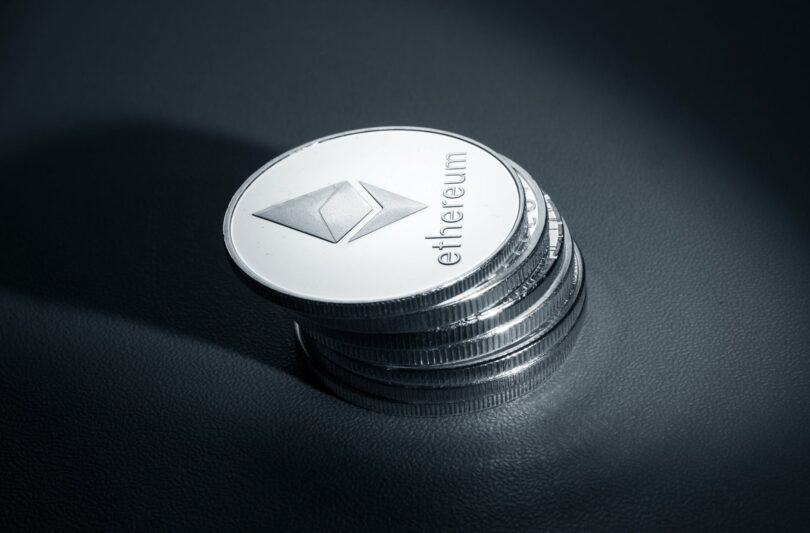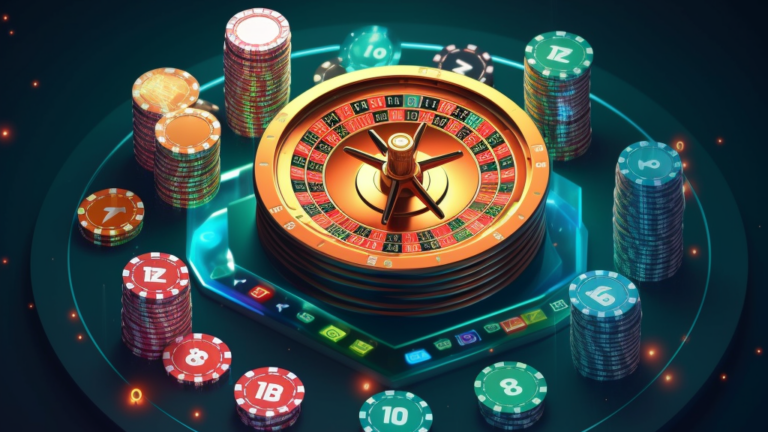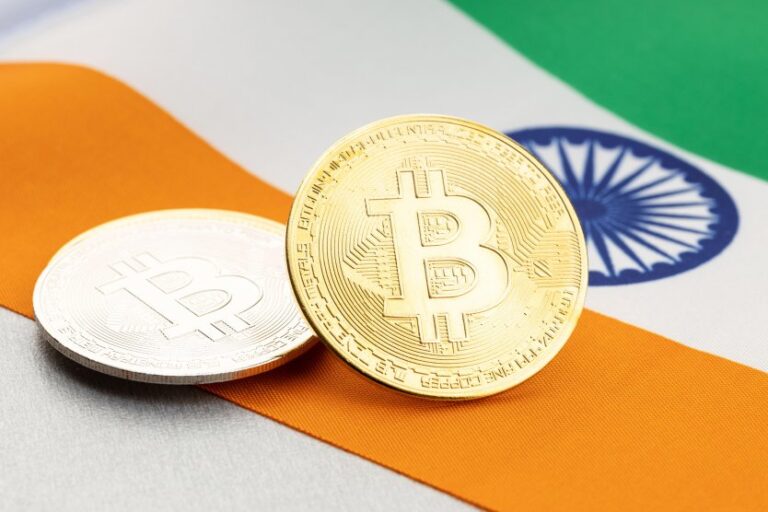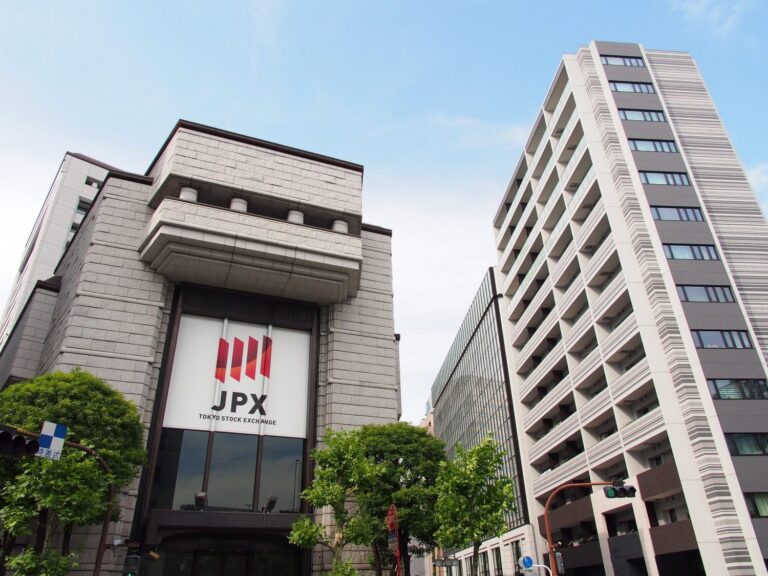Ethereum (ETH) is a smart-contract blockchain that aims to create a secure, decentralized environment for hosting applications like Metaverse apps. Over the last year, decentralized finance (DeFi) and non-fungible tokens (NFT) have seized the stage to demonstrate to the world the potential that blockchain technology can provide. However, scaling technologies that can enhance performance in reaction to changes in processing needs are beginning to uncover Ethereum’s huge potential, and its co-creator, Vitalik Buterin, has his sights set on decentralizing social media, gaming, government, and other areas.
In its early stages, Ethereum has mostly used as a platform for trading and lending crypto assets (Uniswap and Aave), as well as purchasing and selling digital art (OpenSea). The development of second-layer platforms built on top of Ethereum, such as Arbitrum and Optimism, as well as technological solutions such as ZK rollups, would reduce transaction fees and open up Ethereum to decentralized social media networks like as Reddit.
The necessity for consumers to hold and spend Ethereum’s native asset, ether, will be a recurring theme across all use cases.
Ether is the key to releasing blockspace on the Ethereum network, whether that be through the deployment of new apps, the use of current applications, or the transfer of tokens between wallets. What gas is to a car, the native asset is to the network. Blockspace customers purchase and burn the asset after EIP 1559 to participate in the digital economy. Ether will be used to stake and safeguard the network in the near future.
As a result of its use as a gas, ether has evolved into a unit of account and the most prevalent pairing on decentralized exchanges (DEX).
What exactly is money in the metaverse?
If Ethereum, alternative base layer protocols (such as Solana and Avalanche), and “the metaverse” succeed, the meaning of money will grow considerably broader than its current currency limits. Protocols are already raising cash, and investors are judging their portfolios against ether rather than dollars or even stablecoins (tokens pegged to the value of a fiat currency). The usage of ether as money, however, does not invalidate fiat, stablecoins, or other repositories of value. It is just a supplement — one that has the potential to become a metaverse currency.
Crypto assets, like as ether, are still far more responsive to demand than stablecoins and dollars, making them a better investment than a currency (for now). However, as the Ethereum ecosystem expands, the currency ether improves.
Speculators now outnumber genuine blockchain users, but a thriving ecosystem is changing that since ether may be used for DeFi, NFTs, validation, social media, and other purposes. Indeed, in Coinbase’s Q3 financial report, the business stated that it has observed a significant shift toward individuals actively using blockchain technology by withdrawing their tokens from exchanges.
The graph below demonstrates how on-chain users have increased with new Coinbase accounts, indicating that customers are truly interested in interacting with Ethereum apps. Cheaper alternatives to the Ethereum mainnet, or live version, have grown in popularity, with Polygon flipping mainnet in active users for a single day in early October.
Play-to-earn gaming is most likely in in its early stages, but Ronin-based NFT game Axie Infinity is now generating billions of dollars in yearly revenue. Users all across the world rely on gaming money to make ends meet, with revenue accounting for a sizable portion of the Philippines’ GDP. The link between gaming and banking is becoming increasingly evident, showcasing only one element of a more digitalized society.
If current trends continue, the globe will be more financialized than ever before. It’s too soon to know if this will be a net win for humanity, but crypto and DeFi have provided a look into the benefits and drawbacks of tokenization.




